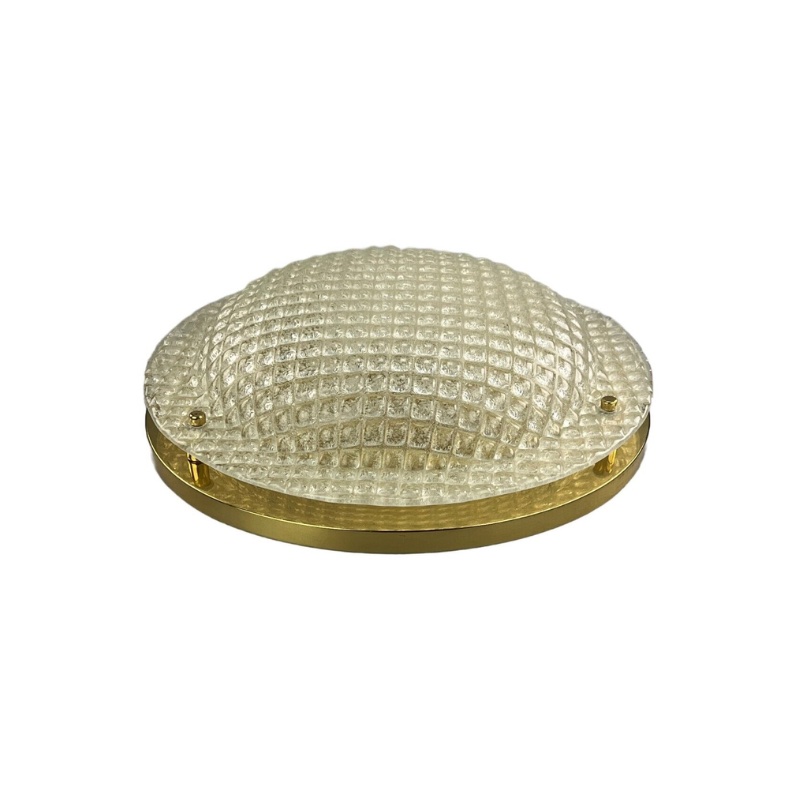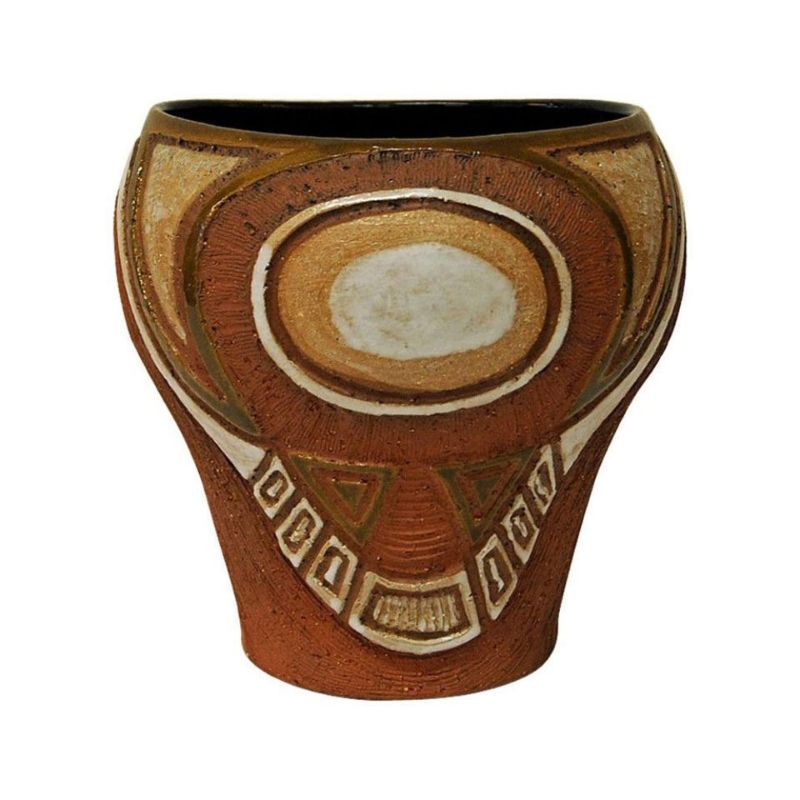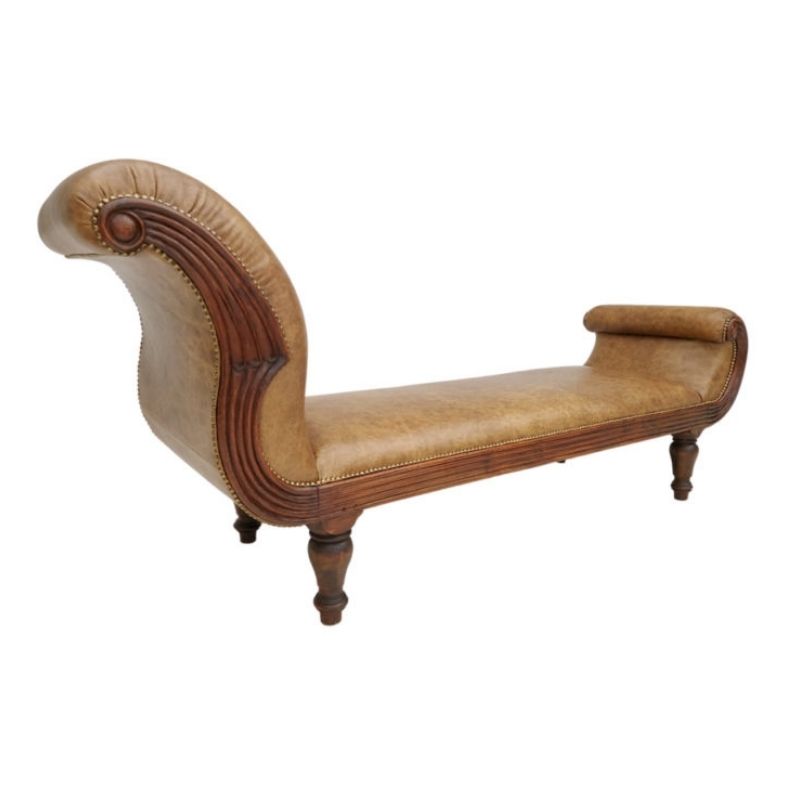I have a couple of remarks,...
I have a couple of remarks, and I might get flamed but let's have at it. Let me preface this by saying that I think this has been an extremely interesting thread and I love the sketches. My two things are this: First, what is the real benefit of folding legs? I would understand if it took it from coffee table to dining height. I understand that it would ship easier, but that is just as easy to do with legs that simply unscrew ... and that method has no chance of mechanics failing them, rendering useless the table. Secondly, while a slatted bench is certainly beautiful it a)has not only been done, but has been widely copied already and b)is simply an aesthetically pleasing design that is not very functional. I know this by having a Nelson as a coffee table. Drinks wobble, game pieces fall through, it's terribly uncomfortable to sit on or even rest the feet on while you're on the sofa.
Please don't mistake this for personal criticism. This is just the nature of this type of table. I think you are doing a splendid job. Beyond that, more than anything, it has to be a wonderful exercise.
I have to agree
I love the Nelson bench, I own one and it's my favorite mid-cent piece. But I've always considered it more of an art piece rather than a truly functional furniture item. As a coctail table it is especially poor and I refer up to whitespike as to why...
As for the folding legs I too wonder why...portability? Ease of manufacture? Feature creep?
And as whitespike said...do carry on we only want to understand not insult!
Along these lines...
If you think a Nelson leaves waffle butt when you sit on it, imagine what happens when the edges are radiused. While it removes the pain of sharp edges, it encourages slippage into the cracks.
But here's the thing: you both own them despite their impracticality. This indicates to me that persons do not require much practicality in this sort of bench, regardless of whether the designer is famous, or not.
What about filling the spaces between the slats with a material that solves the problem and yet retains the slatted wood also? I know, I know, it contradicts the idea of a slatted bench, but what the heck? Whatever works and can be made beautiful is the guiding rule. What if red slates, the color of the pan beneath, were inserted between the wood slats? You'd still have a ribbed/corrugated surface, but the ribs would be closer together and there would be less slippage into gaps.
reinventing the wheel or bench
I said on another thread that i own several of these bench's , two made by Herman miller one vintage, one new and a repo that i bought from Furniture fancy that is actually nice wood .
The problem i had with the vintage Herman miller and the furnture fancy one were that the legs wobbled and i had to have one of our staff carpenters completly re drill and use screws on two of the three benchs
The New Herman miller that i got in Febuary was nice and tight and i left it alone. the Vinatage one from
1959 was so wobbly I was afraid it would break if you looked at it ,the only reason i bought it cause it was at a estate sale and i got a good price and it had a Nelson Herman Miller label on it, but it was rickety. The one i ordered for the office from Furniture fancy although new was in the same condition as the 40 year old Miller and needed new screws to make it firm.
by opion is if you don't fix these legs they will break real bad, but i can honestly say that the new one made by Miller is strong as iron(I guess you can say they sorta know how to make them) maybe ...
True Mark
It was originally a platform.
"But here's the thing: you both own them despite their impracticality. This indicates to me that persons do not require much practicality in this sort of bench, regardless of whether the designer is famous, or not."
Well, while I love it, I did not consider these things and I ordered before I had even seen one in person. Besides that, people who get them regardless are yes interested in it's beauty but also in its legacy. A new design with the same faults does not have the legacy to support it.
If you were to fill the gaps, how about alternating finishes ... walnut and ash? Might be extremely beautiful and would help tie in wood finishes for those people with furniture that has both. Plus the walnut (dark) could serve as the "open" space. It would be a nod to the aesthetic without falling into the same problematic design scheme. If Nelson jumped into a fire would you?
In addition
Was it SDR who suggested wooden legs? I would agree. It would help a little more in the individualization of this design. I would forget about the folding feature. Just make it easy to assemble and disassemble the legs - this is where nelson had it right - just 6 screws to completion upon receipt.
hi guys, there are a few...
hi guys, there are a few different reasons why I did it this way, mostly it is an aesthetic/fun/skills enhancing project for myself. I want to be able to use it outdoors aswell (rain), indoors for my sereo (cables down the gaps), it is also an exercise in a technical feature, Folding makes sense to me if it going from indoors to outdoors. I have allways imagined timber legs and have rendered them black as a jokey homage. As for re-inventing the wheel, most objects do most of the time.
I have used the rigidity of the hardwood I am using to (hopefully) create a more transparent and practical design.
Floating in the back of my...
Floating in the back of my mind was also the idea of transportable public seating for parks and civic events, hence the folding, which though it took a while to work out would be quite a simple feature to manufacture, its just drilling holes and slipping the legs over the rods prior to attaching the last two slats. Finishing with clear coat has alao been a consideration with the design. I don't know how they do it with the Nelson but I'm sure it would be more costly and fiddly than this would be. I chose a moderate radius in the end to make it more comfortable and still have something of a flat surface.
Economics are also a consideration, I can tell you that this one would be a hell of a lot cheaper than Herman Millers!
Why can I never say it all...
Why can I never say it all in one post? I don't think screwing the legs on is a good long term solution, as noted by LRF with his wobbly benches. I might have to tweak the position of the locking pin a little but I don't think that would happen with this bench.
If I were to abandon the folding I could use 2 concealed KD fittings on each leg (either side of each leg in a sandwich between the slats) which would make something of a tighten-able motice and tenon.
Thanks again for the interest! Heath
Well. . .
". . .this is where Nelson had it right - just 6 screws to completion upon receipt."
Maybe having to screw on legs, that apparently then get loose (as they would, sooner or later, without glue), would'nt be as easy and as long-lasting as a well-made pivot and latch -- such as I see coming here ?
All HP needs is a little "pinch" to that notch; in the right material (nylon ? alloy ?) the leg will be able to snap firmly onto the brass secondary dowel, again and again as needed. If this joint is made well, that's a lot stronger than a couple of screws at each leg. I haven't looked closely at the Nelson bench (doesn't HP's have about twice as many slats ? Isn't that a lot more comfortable ?) but there should be a well-fitted mortise or groove for the top of the leg to mate with, for long-term sturgidity (as my old friend called it). . .
I like folding because some sort of hinge or pivot is already a sturdy connector -- and there are no loose parts. Don't you wish everything that came out of an IKEA box would just fold or pivot into shape ?
SDR
the original one I bought ...
the original one I bought from 1960 had small screws and was real wobbly we pulled them and redrilled the holes and used a longer screw it is firm as could be Now the one i bought as a repoduction came with tacks and it was wobbley right out of the box I am sure that piece came from China as we had
to completely remake it with larger screws cause in my opion it was not right and good for nothing, now it is firm and perfect and cost about 5 bucks after we used about 16 large screws and some black paint,
We went for dinner this week end at some friends they had a old nelson bench that they use for a coffee table they had a really nice piece of 1/2 glass thick but on it and I was impressed they had drinks on it and little trinkets and I thought that was a good idea,
Yeah --
or at least a tray or slab for when you want to use it as a coffee table.
Is the leg on the Nelson bench made of four pieces ? (Are the joints in the leg box joints ?) Do the screws go straight up into some of the slats ? With the right screw (and washer ?) this is a good connection. Sorry to hear they got it wrong, more than once. (Tacks ? Wow. Can we get a Chinese "interior" minister to take the fall for that ?)
All I know of the Nelson...
All I know of the Nelson legs are that they are finger jointed, I'm sure its done quite well.
I've become a fan of the Allen key fitting, if its done carefully it can look quite good. I've got this one Danish rosewood stool which uses black counter sunk allen screws in a brass cup washer and it looks rather nice.
If you need any help, please contact us at – info@designaddict.com









